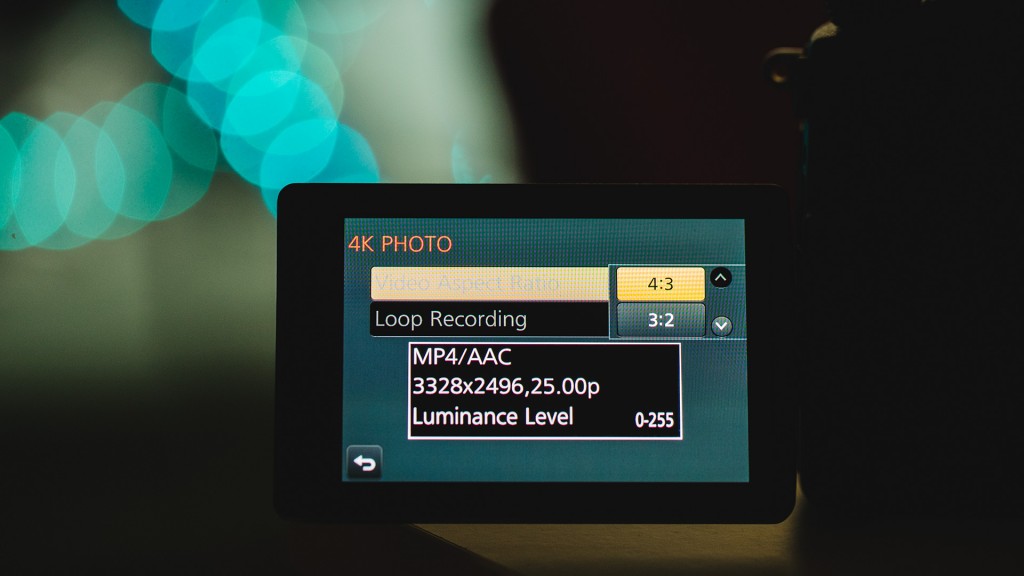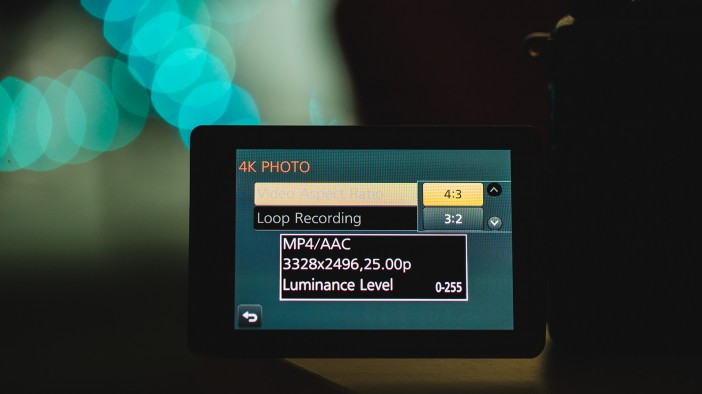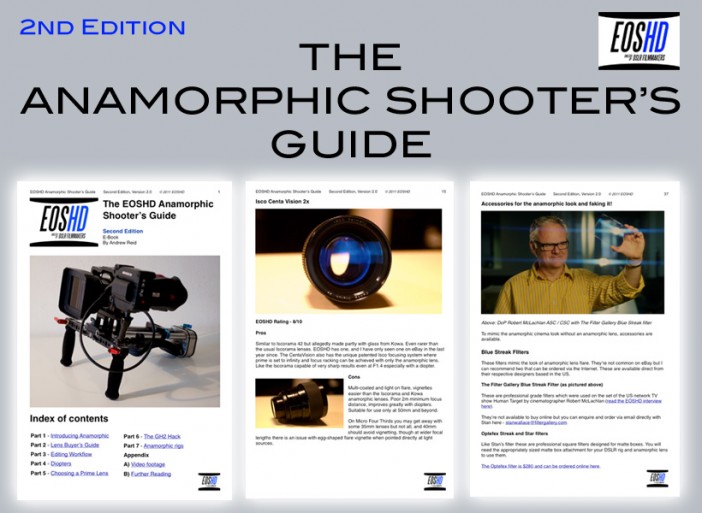New firmware for the Panasonic adds higher vertical resolutions in various aspect ratios, making further use of the camera’s 4K video ability.
For photographers also a brand new in-camera workflow is now available to extract high resolution stills from “4K Photo Mode”. For 4K video, resolution increases from 2160 lines in 16:9 for standard 4K to 2336 lines in 3:2, 2496 lines in 4:3 and an enormous 2880 lines in 1:1. By comparison the Red Dragon in 6K records up to 3160 lines vertically (2:1 aspect ratio). An anamorphic lens is needed to take advantage of the resolution gain in squarer aspect ratios such as 4:3 and 1:1. As a huge advocate of anamorphic at EOSHD, I’ll be testing this out very shortly with my collection (below). I’m expecting the results to be stunning.
I caught up with Panasonic recently to discuss the firmware update and more…
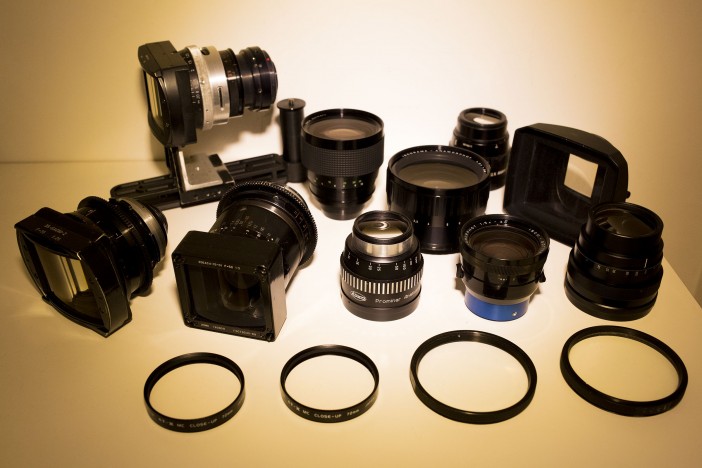
Interview with Panasonic
Yoshiyuki Inoue, Senior Engineering Planner
EOSHD: One of the new features of firmware V2.0 is 4K Photo Mode. How does it work?
Inoue: The purpose is for easy to use 4K frames, it started as a promotion for 4K video and expanded. Some photographers requested some small changes, such as: “please [allow us to]change the aspect ratios…”
EOSHD: So resolution actually expands vertically and contracts horizontally in different aspect ratios?
Inoue: Yes. Almost the same [total resolution]in 3:2, 4:3 and 16:9 (8.3MP / 4K)
EOSHD: [We look in the menus] Wow so 2880 in 1:1? So we can use an anamorphic lens and get 2.8K vertical. Very nice. Is it possible to shoot 24p?
Inoue: This one is NTSC so shoots 30hz, and in PAL mode you can shoot 25hz. [Also] for stills photographer…[they can] use loop mode…
(EOSHD notes: later in the day Matt Frazer of Panasonic in the US told me he was pushing hard for 24p in 4K photo mode so US anamorphic shooters could shoot at the cinema frame rate)
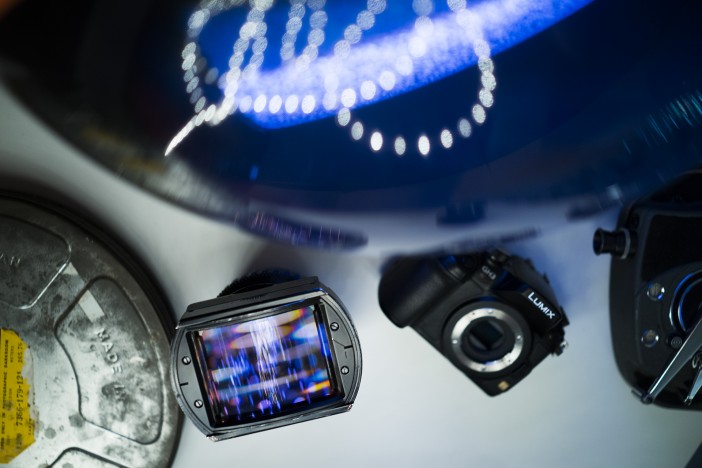
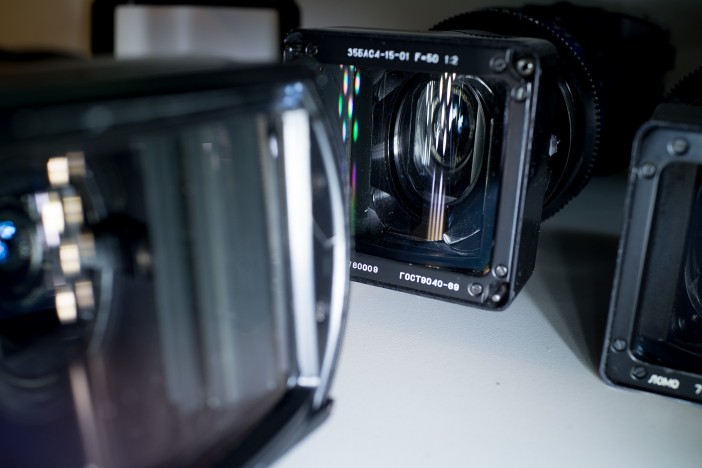
https://vimeo.com/33047750
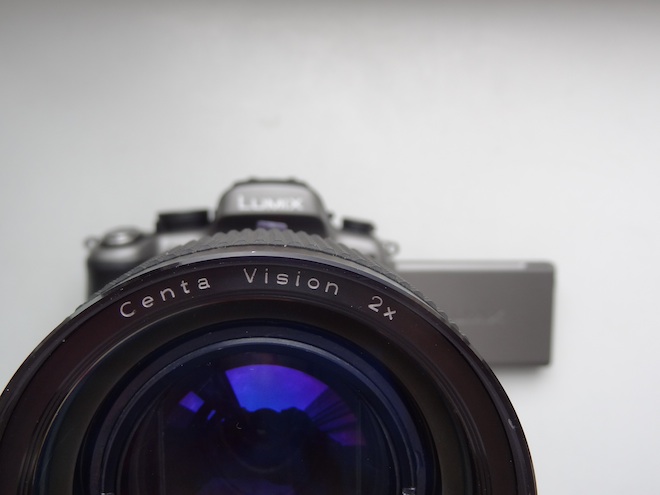


EOSHD: I can see how loop mode would be good for capturing unpredictable things like a lightning strike. Once you see it, you rewind and you have the still [like re-timing a shot in post, but in-camera and without hours of files to wade through].
Does it allow raw capture too?
Inoue: Ah raw recording this time we cannot do, but we have already understanding for raw movie capture, but the interface we need the external recorder. For 4K movie, we can only output 4K. If we only have 2K monitor and a 4K HDMI output they cannot ‘see’.
EOSHD: So the raw HDMI output isn’t compatible with the external recorders? I know the Odyssey 7Q can take a raw output from the FS700. Maybe you can work with a manufacturer like Atomos, to update their firmware to take a raw output from the GH4?
Inoue: Currently, it is not available but we have already received such a request from filmmakers, so we may have another firmware update for it after.
Maybe you could compress raw and store 1080p on the SD card like the Blackmagic Cinema Camera (2:1 compression)? Just my feedback really.
Well raw recording is also considered for our engineers. This is Photokina…so for this time we have a firmware structure for the stills photographer.
The only other camera to shoot 4:3 for anamorphic is the Arri Alexa Studio (which Roger Deakins used on the latest Bond film Skyfall)
Yes 4:3 anamorphic and 24p very suitable for the filmmaker.
Yes it’s very high end. And the enthusiasts want to use it too. (See the EOSHD Anamorphic Forum)
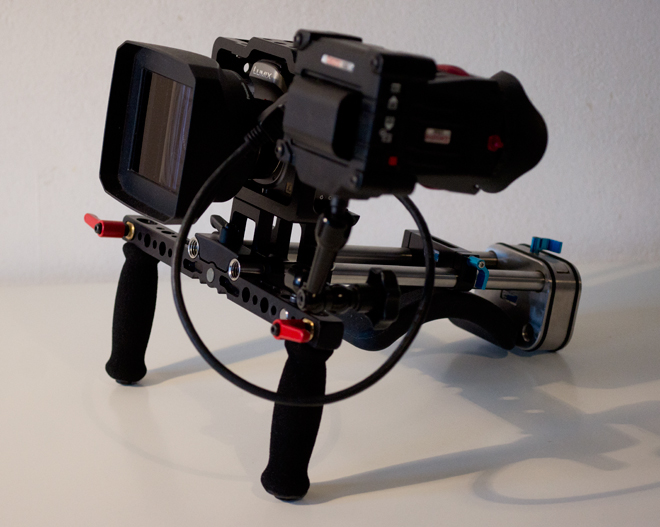
You know the HDMI cable is very wobbly for filmmakers, how about a hotshoe interface with a locking cable? Supply the video signal through the hotshoe then make a Panasonic video cable that goes into the hotshoe that is very secure.
[They note feedback]
So the LX100, it’s like your LC1 isn’t it?!
Ah yes!
[Continues with private feedback session]

General advice for Panasonic on anamorphic
The cinema anamorphic lens optical standard is 2x anamorphic. This refers to a 2:1 ratio of the optics wider horizontally than vertically. The anamorphic lens has an oval shaped aperture. The anamorphic packs a wider image into a standard frame, which in the days of silent film was 4:3.
From 4:3, a 2x anamorphic gave a wide 2.66:1 aspect ratio image for widescreen cinema screens. Later with the invention of sound, the audio track reduced the area available for the image, making for a 2.55:1 aspect ratio for anamorphic. With the introduction of an optical audio track printed into the side of the Super 35mm frame, the width of the area available for the image shrank further to 1.37:1.
From this even squarer area, the 2x anamorphic lens resulted in a 2.35:1 widescreen image known as Cinemascope. Today the digital anamorphic projection standard is 2.4:1 (technically 2.39:1).
For any Panasonic camera to support the cinema anamorphic standard, the following features should be implemented:
- Approx. 1.37:1 aspect ratio, alongside 4:3, 3:2 and 1:1
- In-camera anamorphic live-view de-squeeze for 2x,1.5x and 1.33x lenses
- In-camera anamorphic recording de-squeeze for 2x,1.5x and 1.33x lenses (to avoid doing it in post)
- Labelling of anamorphic aspect ratios per recording aspect ratio (see below)
In the camera menus, the user needs to know what the anamorphic aspect ratio is when they select their lens and recording aspect ratio. Thus for 2x anamorphic lenses:
- 1.37:1 = 2.4:1 (Cinemascope standard and default option)
- 4:3 = 2.66:1
- 16:9 = 3.5:1
Firmware update download
Download V2.0 firmware for the GH4 at Panasonic here
The procedure is to charge your battery fully so it shows 100% on the indicator when inserted into the camera, and to copy the .BIN firmware file onto your SD card. Then enter playback mode to start the update.
For those interested in learning more about anamorphic shooting and the lenses available to enthusiasts and filmmakers, the EOSHD Anamorphic Shooter’s Guide is the book to get…



